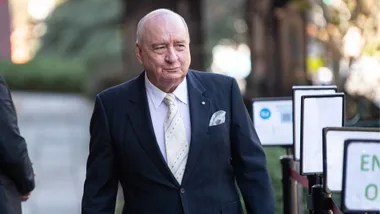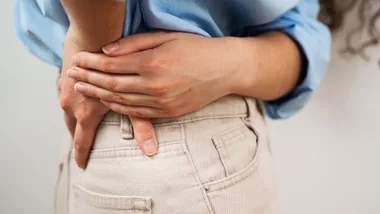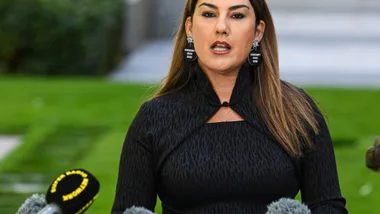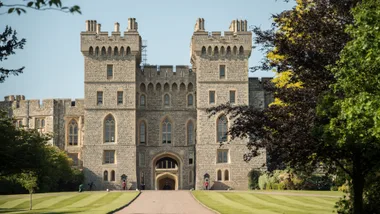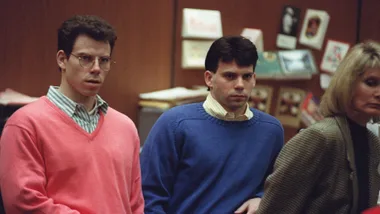The FIFA Women’s World Cup 2023 is officially finished and it was just as action-packed as we’d hoped. Australian Matildas fans were extra excited this year given that we hosted it alongside our neighbours, New Zealand.
Australia’s strong team made it through to the semi-finals in their battle against 32 other nations for the title of World Cup winners, an accolade previously awarded to their US counterparts, who have claimed the title four times in total. Of course, this year Spain took out the win.
If you’re keen for more details, from who played, to the draft and how our girls went on their journey, look no further. Below, your complete guide to the FIFA Women’s World Cup and our Australian team The Matildas.
What Is The FIFA Women’s World Cup?
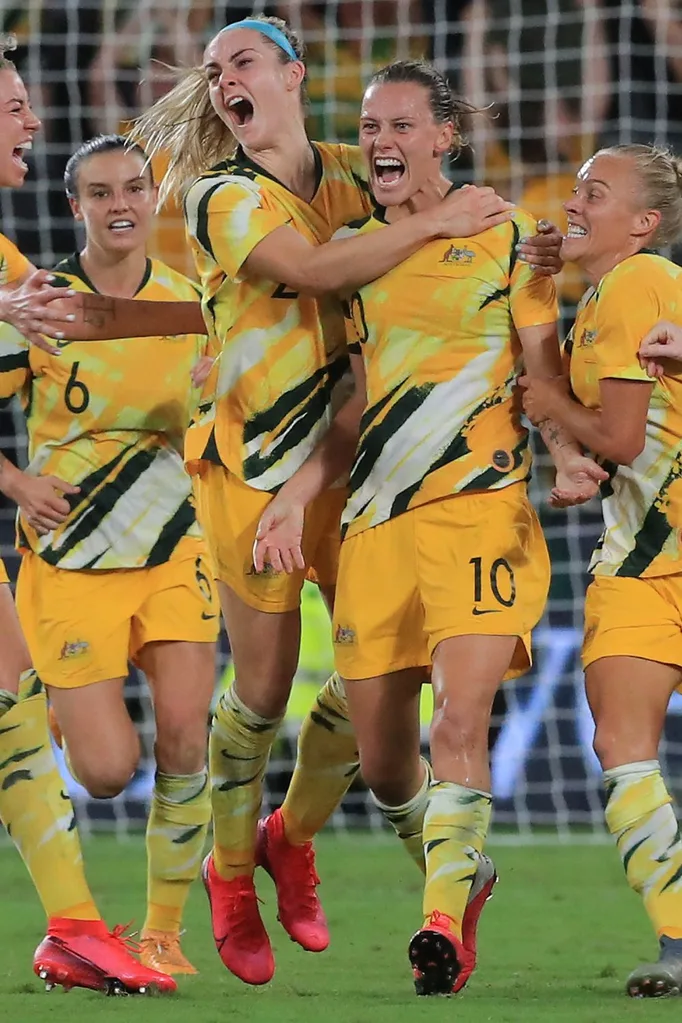
FIFA is the Fédération Internationale De Football Association, an international governing body for football (known as soccer in Australia). It was founded in 1904 to oversee international soccer competitions.
The FIFA Women’s World Cup is a soccer competition between different countries, completed by their women’s teams. It has been held every four years since 1991. The first tournament ever held was in China, and the previous was France in 2019.
The most successful squad to date has been the American side, with four title wins, followed by Germany with two and Norway and Japan with one.
Who Is Hosting The FIFA World Cup In 2023?
The hosts for the FIFA Women’s World Cup for 2023 were Australia and New Zealand. Matches were held across a whopping 10 stadiums in nine different cities. Sydney was the only city to offer two venues, Sydney Football Stadium and Stadium Australia (which hosted the final).
When Is The FIFA Women’s World Cup?
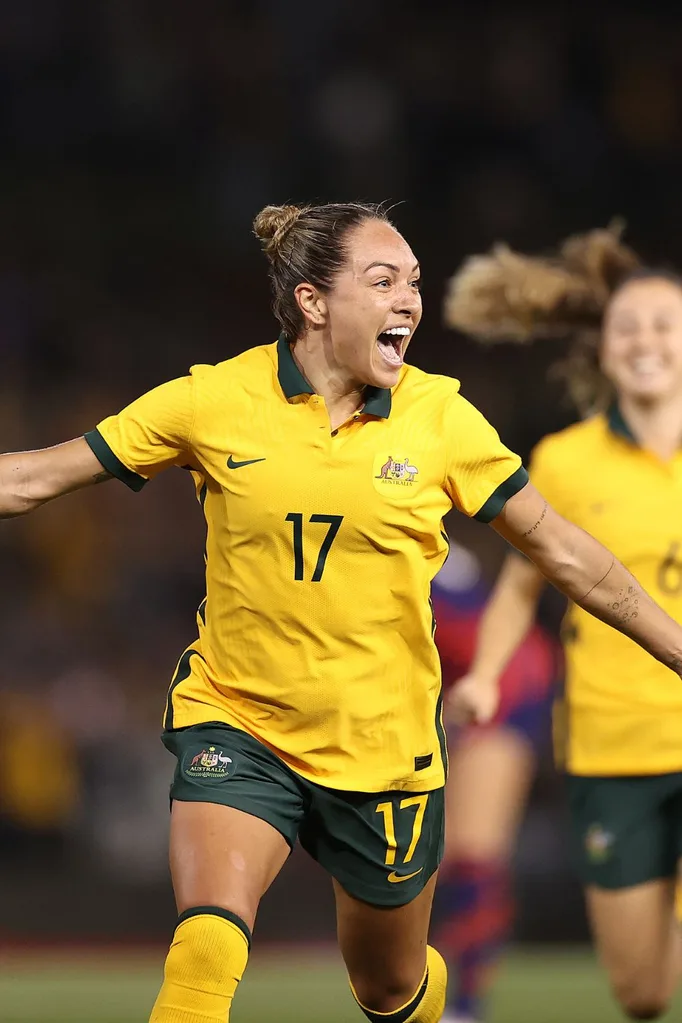
The first games of the Women’s World Cup were played on 20 July 2023. The group stage was completed by August 3, 2023.
Australia’s group stage games were as follows:
- Australia v Republic of Ireland: July 20 at 8pm, Stadium Australia
- Australia v Nigeria: July 27 at 8pm, Brisbane Stadium
- Australia v Canada: July 31 at 8pm, Melbourne Rectangular Stadium
For Australia, the quarter finals against France took place on August 12, and the semi finals against England took place on August 16. The third place play off against Sweden was on August 19. The final ended up being between Spain and England, on August 20, 2023.
The Matildas placed fourth at the close of the tournament, the best placing for a women’s or men’s team in our nation’s soccer history – alongside the Matilda’s fourth placing at the Tokyo Olympics.
How Much Is The Prize Money For The FIFA Women’s World Cup?
An enduring issue for women’s soccer teams is the historically lower prize money offered compared with the men’s league. FIFA President Gianna Infantino announced that the 2023 prize pool will be USD $110m (approx. AUD $164m), up from USD $30m (approx. AUD $44.8m) in 2019.
This still remains a lot lower than the $440m awarded to the men’s league in 2022.
The Matildas have a collective bargaining agreement with Football Australia that they will receive the same percentage cut of the prize money as the men, but with the money on offer so much lower, they will take home less, despite their obvious prowess on the field.
Who Are The Matildas And Why Are They Called That?
The Australian national women’s soccer team, overseen by Football Australia, is known as the Matildas. The name derives from Australian folk song ‘Waltzing Matilda’ and was a departure from the previous name ‘Female Socceroos’, pre 1995.
Who Are The Matildas Players?
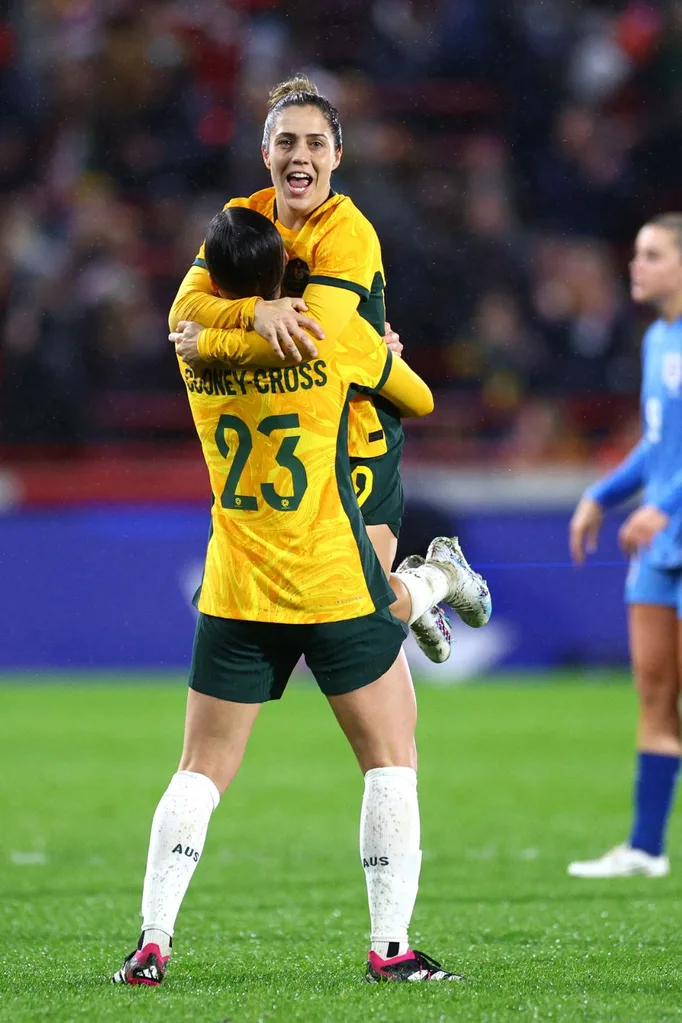
The Matildas squad, as it’s known in the soccer world, is divided into four categories: goalkeepers, defenders, midfielders and forwards.
Goalkeepers
- Lydia Williams (35): Debuted in 2005, Williams has played four previous World Cups.
- Teagan Micah (24): Debuted in 2021, Micah played the 2019 World Cup and is well known in the US collegiate system.
- Mackenzie Arnold (28): Debuted in 2012, Arnold has played two previous World Cups.
Defenders
- Clare Polkinghorne (34): Debuted in 2006, Polkinghorne has played in four previous World Cup. She’s principally a defender but can play striker.
- Steph Catley (29): Debuted in 2012, Catley has played in two previous World Cup. She is known for her strong work on the flanks.
- Alanna Kennedy (28): Debuted in 2012, Kennedy has played in two previous World Cup. She’s a centre-half by trade but is versatile in her playing positions.
- Ellie Carpenter (23): Debuted in 2016, Carpenter played in the 2019 World Cup. She’s known for her defensive prowess but can also make a great attacking asset when the play calls for it.
- Charlotte Grant (21): Debuted in 2021, Grant is yet to play a World Cup but has been earmarked for greatness since her dates at hometown club Adelaide United.
- Clare Hunt (24): Debuted in 2023, Hunt is known for her great work at the Western Sydney Wanderers. This will be her first World Cup.
- Aivi Luik (38): Debuted in 2019, Luik played in the 2019 World Cup. She’s played for a range of Australian clubs including the Brisbane Roar, Perth Glory and Melbourne City.
- Courtney Nevin (20): Debuted in 2021, this will be Nevin’s first World Cup. She’s currently playing for Leicester City in the UK, and has previously played for the Melbourne Victory and Western Sydney Wanderers in Australia.
Midfielders
- Alex Chidiac (24): Debuted in 2015, Chidiac is yet to play a World Cup. She’s previously played for Melbourne and Adelaide based clubs in Australia.
- Katrina Gorry (30): Debuted in 2012, Gorry has played two previous World Cups and currently plays for the Brisbane Roar.
- Clare Wheeler (25): Debuted in 2021, Wheeler is yet to play a World Cups. She previously played for Sydney FC and Newcastle Jets in Australia.
- Tameka Yallop (32): Debuted in 2007, Yallop has played three previous World Cups. She previously played for Melbourne City and Brisbane Roar in Australia.
- Emily van Egmond (29): Debuted in 2010, she’s previously played three World Cups.
Forwards
- Sam Kerr (29): Debuted in 2009, Kerr has played three previous World Cups and racked up a total of 63 goals over the years.
- Kyra Cooney-Cross (21): Debuted in 2021, Cooney-Cross is yet to play a World Cups. She has previously played for the likes of Melbourne Victory and Western Sydney Wanderers in Australia.
- Caitlin Foord (28): Debuted in 2011, Foord has played in three previous World Cups, racking up a total of 29 goals over the years.
- Mary Fowler (20): Debuted in 2018, Fowler played in the 2019 World Cups. She previously played for the likes of Bankstown City FC and Adelaide United.
- Hayley Raso (28): Debuted in 2012, Raso has played in two World Cups. She has racked up 12 goals over the years.
- Cortnee Vine (25): Debuted in 2022, Vine is yet to play a World Cup. She currently plays for Sydney FC.
- Kyah Simon (32): Debuted in 2008, Simon has played two World Cups, in 2011 and 2015. She currently plays for Tottenham Hotspur but previously has played for Sydney FC.
While there was some big losses in finalising the squad, namely Chloe Logarzo, Jada Whyman, Remy Siemsen, Amy Sayer, Larissa Crummer and Emily Gielnik, they could have been called up if a selected player sustains an injury (and many are still recovering from them as we speak). Here’s what you need to know about them.
- Jada Whyman (23): A goalkeeper, yet to make her debut, but currently plays for Sydney FC and previously the Western Sydney Wanderers.
- Amy Sayer (21): A midfielder, she debuted in 2018. Sayer is yet to play a World Cup. She previously played for Sydney FC in Australia.
- Chloe Logarzo (28): A midfielder, she debuted in 2011. Logarzo played in the 2019 World Cup and previously played for Sydney FC in Australia.
- Larissa Crummer (27): A forward, she debuted in 2015. Crummer is yet to play a World Cup. She previously played for the likes of Brisbane Roar and Sydney FC in Australia.
- Emily Gielnik (31): A forward, she debuted in 2012. Gielnik played in the 2019 World Cup. She has racked up 11 goals over the years.
- Remy Siemsen (23): A forward, she debuted in 2021. Siemsen is yet to play a World Cup. She has played for the likes of Western Sydney Wanderers and Sydney FC.
What Is The FIFA Women’s World Cup Draw And Big Games?

Thirty-two nations qualified for the competition this year, and the World Cup groups have been announced as follows:
- Group A: New Zealand, Norway, Philippines, Switzerland
- Group B: Australia, Republic of Ireland, Nigeria, Canada
- Group C: Spain, Costa Rica, Zambia, Japan
- Group D: England, Haiti, Denmark, China
- Group E: USA, Vietnam, Netherlands, Portugal
- Group F: France, Jamaica, Brazil, Panama
- Group G: Sweden, South Africa, Italy, Argentina
- Group H: Germany, Morocco, Colombia, Korea Republic
The groupings ended up well for Australia and New Zealand, being separated from four time World Cup winners the United States as well as other big forces in the soccer community, Sweden, Germany, England, France and Spain until the elimination phase.
From the group stages, two teams from each group will progress to the round of 16, with the top team of each group playing the second placed team of another. The bottom two teams in each group are eliminated.
How To Celebrate The FIFA Women’s World Cup
You can follow along with all the latest news on the Matildas on their Instagram page here. You can also purchase official merch through the Football Australia website and might even consider watching their documentary Matildas: The World at Our Feet, on Disney+.
If you want to continue supporting The Matildas at the close of play of the World Cup, it would be brilliant to go out to further A-league games to support the women’s teams in person.
Stream Matildas: The World at Our Feet now on Disney Plus with a mth-to-mth no lock-in contract. Subscribe here.
Where Is The FIFA Women’s World Cup Held?
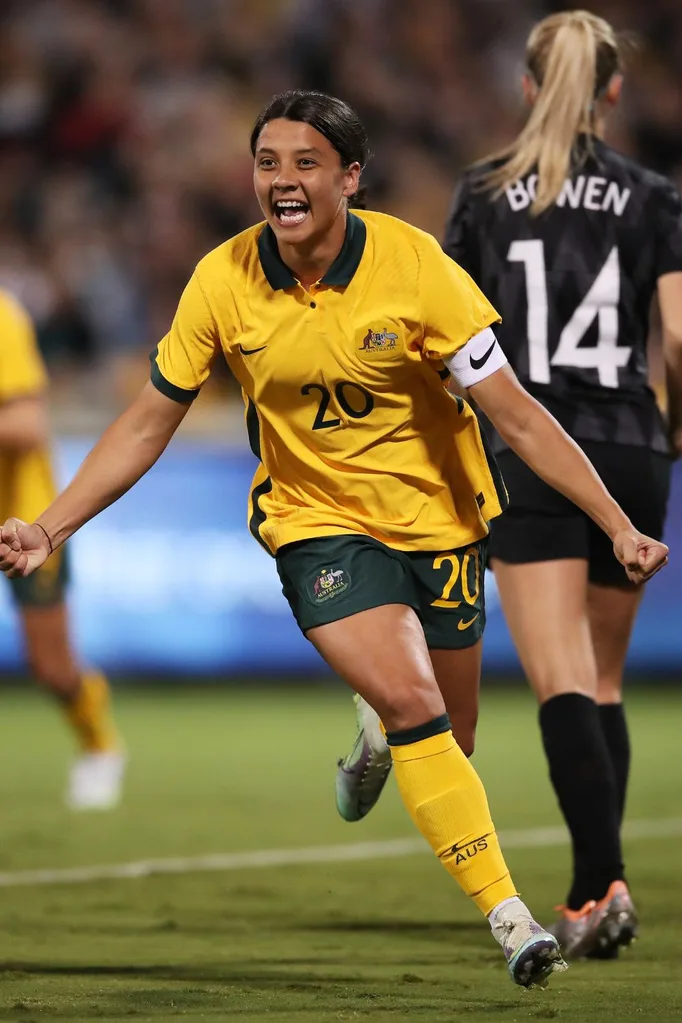
The 2023 FIFA Women’s World Cup was held in Australia and New Zealand this year. The tournaments will be hosted across a series of stadiums including Brisbane Stadium, Dunedin Stadium, Eden Park, Hindmarsh Stadium, Melbourne Rectangular Stadium, Perth Rectangular Stadium, Stadium Australia, Sydney Football Stadium, Waikato Stadium and Wellington Regional Stadium.
Who Won The FIFA World Cup 2023?
In a nail-biting game we saw two European soccer superpowers clash heads for the final: England vs. Spain. While the English may have been the favourites to win, much of the possession lay in the hands of the Spanish. Their ball hit the net before the close of the first half and then it was catch up time for the English.
Despite their best efforts, they were unable to equalise and the Spanish team won the tournament 1-0.
The win comes after a tumultuous time, with a Spanish team mutiny earlier this year that saw half of the players remove themselves from selection in protest to regarding the team’s “emotional state” and health. Coach Jorge Vilda was in the line of fire but managed to hold onto his role. They refilled the team and trained them up to take out the ‘Golden Boot’ trophy.


